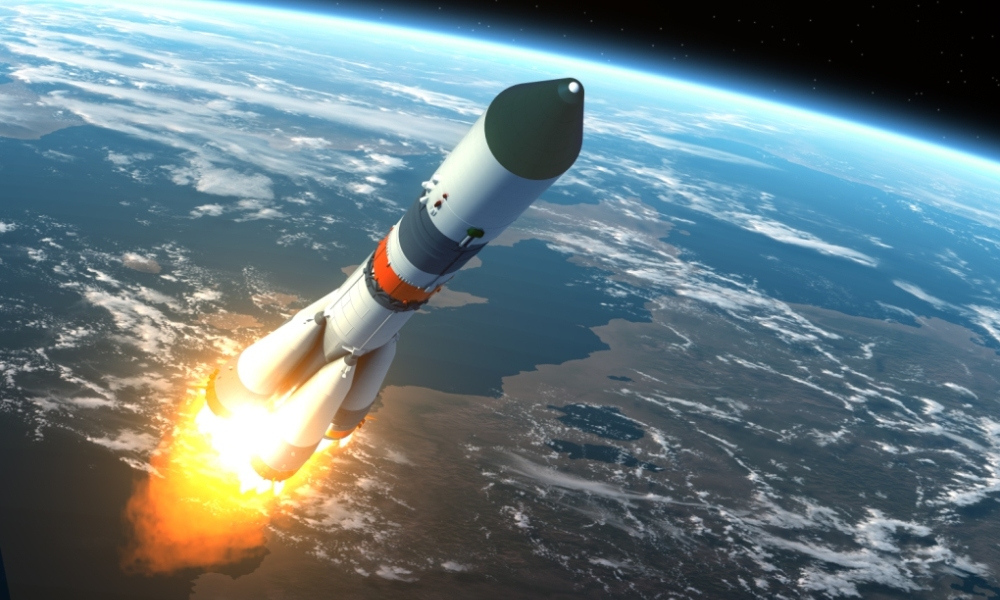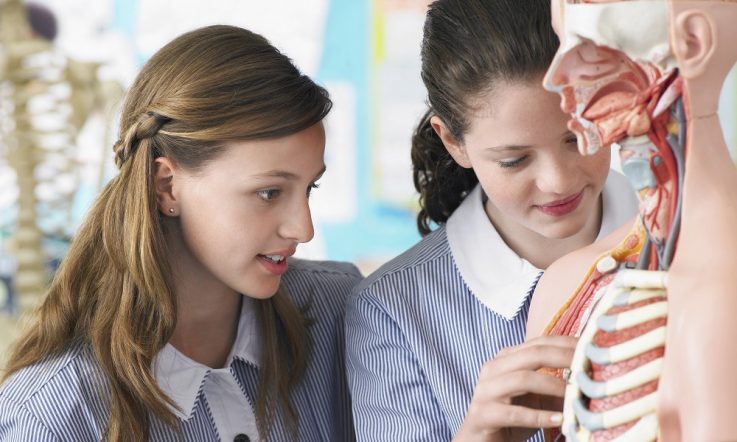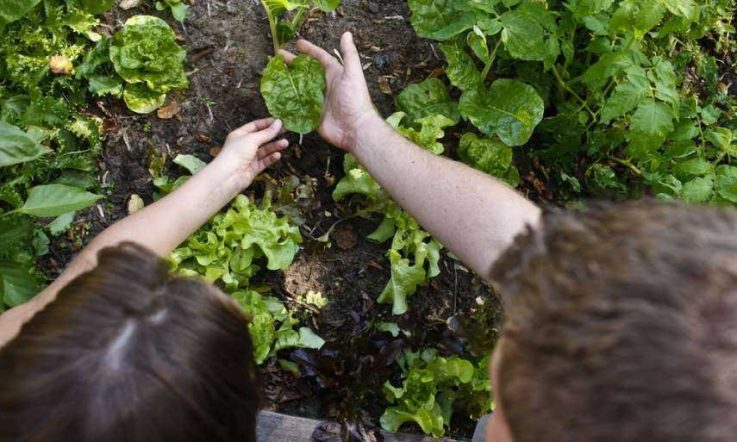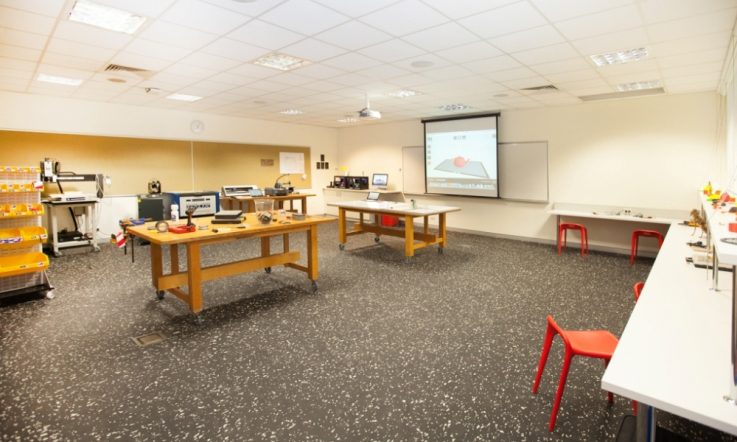How does a rocket shoot to the moon? How does a roller-coaster actually work? And, how do cars and fuels influence the greenhouse effect?
These are the questions that the students in Mark Gould's science classroom are discovering the answers to as they embark on a hands-on approach to learning science.
The Head of Science at Queensland's Beaudesert State High School, 70 kilometres south of Brisbane, has taken an active approach to teaching his subject. Rather than spending most of his time in front of the class, Gould prefers that students use their knowledge of science to a build a finished product – a strategy that he believes increases student engagement.
‘I've been teaching in low SES schools for my 30-odd years. One of the things that bothered me, and I noticed it particularly when I was up at Bremer State High School in Ipswich [Gould's last teaching role], was that the kids seemed to be a lot smarter than their results showed.
‘I started looking around at those things that could influence [the students] to be more successful, and one of the things I noticed [was that] the students, when they were in science, weren't particularly happy when they were working,' says Gould. ‘I also noticed that the students that were in Home Economics, Man Arts [Manual Arts – also known as Industrial Technology and Design in the Queensland Curriculum], there was a much more cheerful, more pleasant atmosphere and they actually engaged a lot better.
‘So I started examining what it was that they did [in those subjects] that I thought made it work well. Probably the main thing I noticed was that there was a degree of ‘hands-on' ... but the other thing was the kids had a product. ... It was the idea that it was a product that could be finished with and seen and they could explain why they did it.'
With this in mind, Gould decided to do something similar in science. His Year 8s are learning physics whilst building air pressure rockets that are designed to fly as high as possible. Similarly, his Year 10s are building model roller-coasters and using the laws of physics to explain them.
‘We [also] do one [where students] write a little e-book to explain how cars and fuels influence the greenhouse effect ... That one is a very big project that goes on for quite a long time.'
Gould believes that the tasks act as a hook to teach the students the science; and, the task itself acts as an assessment piece. ‘There's no separate assessment, it was “you've got a job to build or do this thing, and at the end of it, that thing that you've done, that job you've completed is assessed”.
‘... They understand that ... to do that job they actually have to learn some [science] to do it well. At the end of it they report on how they did it, why they did it, what happened, [and] whether they got the results that they expected. So there's elements of science skills in there as well, because it's an experimental process as well as being an application of the concepts.'
Gould says that student engagement is up as a result of this method. ‘And even more than that, engagement with applying science is better. Teachers note that the kids actually do apply their work. They don't just learn facts and regurgitate them. ... It's a deeper learning that they have to do for it.'
Gould also feels that using tasks such as these gives educators more time for differentiation. ‘You can talk to [the students] individually and see where they're at and help them move forward from there. ... And they enjoy being out from under the thumb.
‘... The idea [is] that you get out from in front of the students and let them do the work while you help them.'
Think about your classroom, do students get the opportunity to do practical work in subjects that are not ordinarily ‘hands-on’?
How often do students get to apply their knowledge to real-life situations?



